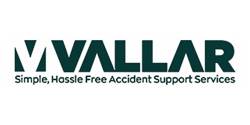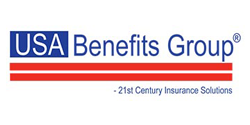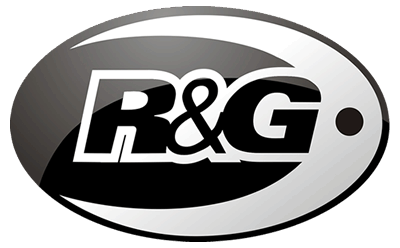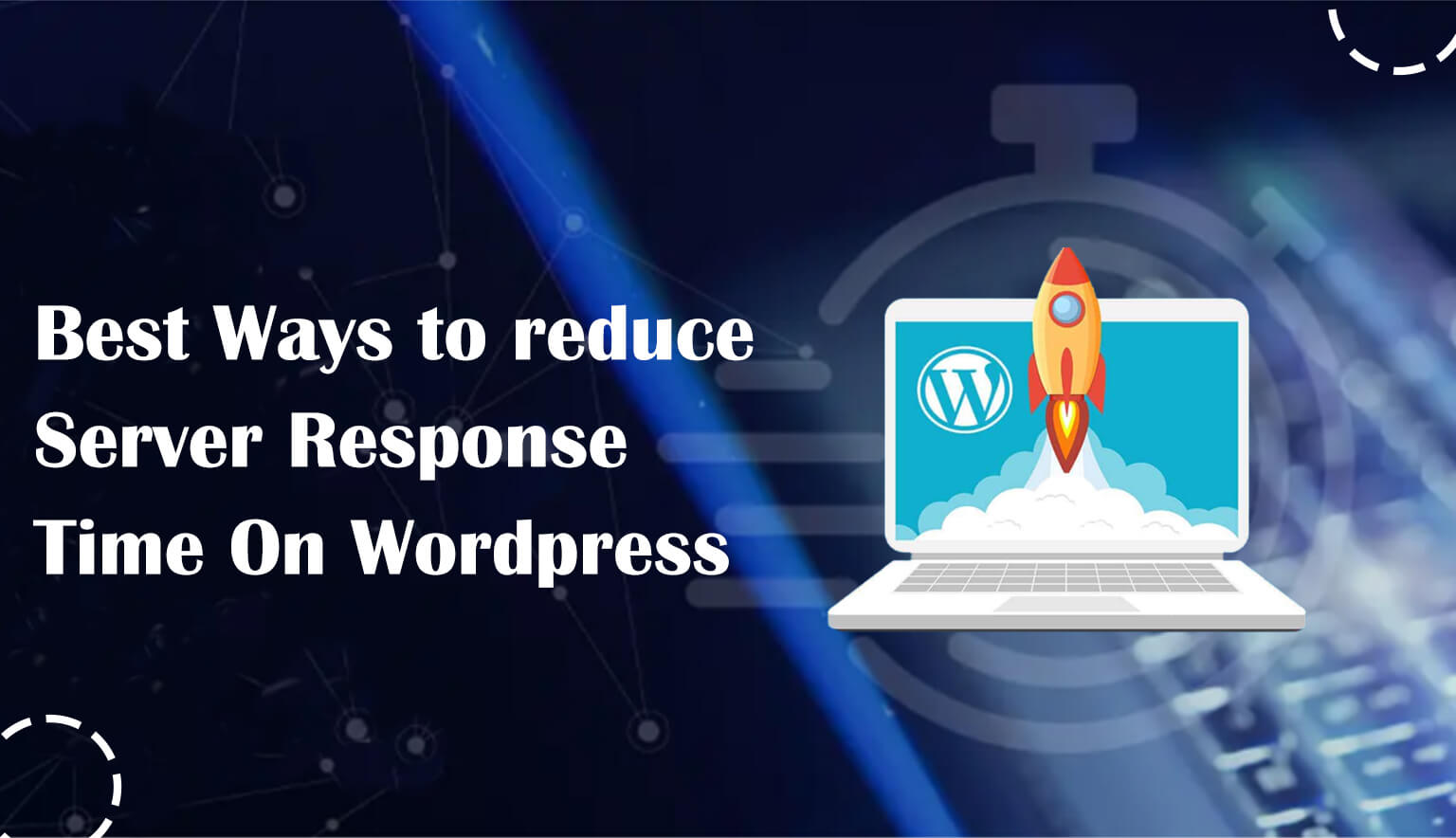Reducing Server Response Time on WordPress: An Important Task for WordPress Developers
As a WordPress developer, you understand the importance of website performance and the impact it has on user experience. One critical aspect of website performance is server response time, which is a crucial metric to measure the speed of a website.
Server response time refers to the amount of time it takes for a server to respond to a request from a user’s browser. This metric is measured in milliseconds and can significantly impact the overall speed of a website. A slow server response time on wordpress can result in a slow-loading website, higher bounce rates, and lower conversions, which is why it’s so important for WordPress developers to focus on reducing it.
In this article, we will explore the importance of server response time and some of the best practices for reducing it on WordPress websites. By optimizing server response time, you can help improve the overall user experience for your clients and ensure that their websites are fast, efficient, and optimized for maximum performance.
- Use a Fast Hosting Provider
The first step to reducing server response time is to choose a fast and reliable hosting provider. A slow server will result in a slow website, regardless of the optimization efforts made on the site itself. Look for hosting providers that offer high-performance servers, have a solid infrastructure, and have a track record of providing fast and reliable service. Consider using managed WordPress hosting, which is specifically designed for WordPress websites and provides optimized server configurations for maximum performance.
- Optimize Your Database
Over time, your WordPress database can become cluttered with post revisions, spam comments, and other unnecessary data. This can slow down your website and increase server response time. To optimize your database, use a plugin like WP-Optimize or WP Clean Up to clean up and optimize your database tables. You can also schedule regular clean-ups to keep your database optimized and running smoothly.
- Use a Content Delivery Network (CDN)
A content delivery network (CDN) is a network of servers located around the world that cache and serve static files, such as images and CSS files, from a location closest to the user’s location. This helps reduce server response time by reducing the distance that data needs to travel. To set up a CDN, use a plugin like Cloudflare or MaxCDN. These plugins integrate with your WordPress site and make it easy to set up and configure a CDN with just a few clicks.
- Minimize the Use of Plugins
While plugins are a convenient way to add features to your WordPress site, they can also slow down your website and increase server response time. To minimize the impact of plugins on your server response time, only use plugins that are essential for your website, and make sure that they are up-to-date and well-optimized. Consider disabling plugins that you are not using, or using a plugin performance profiler to identify any plugins that may be slowing down your site.
- Use a Fast Theme
Your theme can also have a significant impact on your server response time. A poorly optimized theme can slow down your website and increase server response time on WordPress. To reduce the impact of your theme on server response time, choose a fast and well-optimized theme. Consider using a lightweight and minimalistic theme, such as Astra or GeneratePress, which are optimized for performance and speed.
- Optimize Images
Large and unoptimized images can significantly slow down your website and increase server response time. To optimize images, make sure that they are properly sized and compressed before uploading them to your website. Use a plugin like Smush or ShortPixel to automatically optimize images as they are uploaded to your site. These plugins will compress your images, reducing their file size and helping to improve your website’s performance.
- Use Caching
Caching is a technique for storing frequently accessed data in memory, allowing it to be quickly retrieved and served to users. Caching can significantly reduce server response time on wordpress and improve the overall speed of your website. To implement caching on your WordPress site, use a caching plugin such as W3 Total Cache or WP Super Cache. These plugins will cache your website’s pages and posts, allowing them to be quickly served to users without having to access the database.
In addition to caching, consider using browser caching, which allows your website’s static files, such as images and CSS files, to be cached by the user’s browser. This can reduce the amount of data that needs to be transferred and improve server response time.
What factors affect server response time?
There are several factors that can affect server response time, including:
- Hosting Environment: The type of hosting environment you use can significantly impact server response time. Shared hosting, for example, can be slower than dedicated or cloud hosting due to the shared resources and limitations of the hosting environment.
- Website Size: The size of your website can also impact server response time. Large websites with many pages and media files can take longer to load and put more strain on your server.
- Database Optimization: A poorly optimized database can significantly impact server response time. Slow database queries, for example, can increase the time it takes for your server to respond to a request.
- Content Delivery Network (CDN): Using a CDN can help reduce server response time by serving content from a network of servers located closer to the user.
- Plugins and Customizations: The use of plugins and customizations can impact server response time. Some plugins, for example, can slow down your website by making multiple requests to your server or adding unnecessary code.
- Number of Requests: The number of requests made to your server can also impact server response time. Each request requires processing time and resources, so reducing the number of requests can help improve server response time.
- Server Configuration: The configuration of your server can also impact server response time. For example, having adequate resources, such as memory and processing power, can help ensure that your server is able to quickly respond to requests.
Conclusion
Reducing server response time is a critical aspect of improving the performance and speed of your WordPress website. By following the best practices outlined in this article, you can significantly reduce server response time, improve user experience, and boost your website’s overall performance.
If you’re looking to improve your website’s performance, consider working with an experienced WordPress developer who can help you optimize your site and reduce server response time. With their expertise and skills, you can ensure that your WordPress site is fast, reliable, and optimized for maximum performance.























